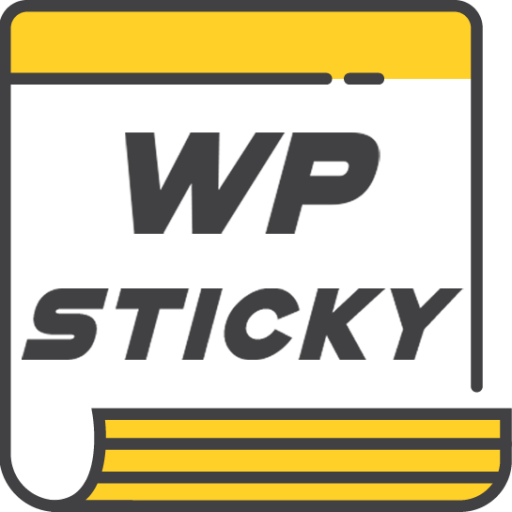In today’s fast-paced digital landscape, businesses are constantly seeking ways to maximize efficiency and stay ahead of the competition. One of the most effective strategies to achieve this is through ad automation. Ad automation leverages technology to streamline the creation, management, and optimization of online advertising campaigns, allowing businesses to save time, reduce costs, and improve overall performance. This article explores the benefits of ad automation, how it works, and best practices for implementing it in your marketing strategy.
Understanding Ad Automation
Ad automation refers to the use of software and algorithms to automatically manage various aspects of online advertising campaigns. This can include tasks such as bid management, ad creation(AI image generator and AI Video Generator), audience targeting, and performance analysis. By automating these processes, businesses can free up valuable time and resources, allowing marketing teams to focus on strategic planning and creative development rather than repetitive tasks.

Ad automation tools are designed to optimize campaigns in real-time, adjusting bids, targeting, and ad placements based on performance data. This ensures that ads are always being shown to the right audience at the right time, maximizing the return on investment (ROI). Moreover, ad automation platforms can integrate with various advertising channels, including Google Ads, Facebook Ads, and programmatic networks, providing a centralized solution for managing all of your campaigns.
Benefits of Ad Automation
- Increased Efficiency: One of the primary benefits of ad automation is the significant increase in efficiency it provides. By automating repetitive tasks, businesses can reduce the time and effort required to manage campaigns, allowing teams to focus on higher-value activities such as strategy and analysis.
- Improved Performance: Ad automation tools use machine learning algorithms to continuously optimize campaigns based on real-time data. This means that campaigns can be adjusted instantly to improve performance, leading to better results and higher ROI.
- Cost Savings: Automation can help reduce costs by eliminating the need for manual management and reducing the risk of human error. Automated bidding strategies, for example, can help businesses achieve the best possible results at the lowest cost.
- Scalability: As businesses grow, managing multiple campaigns across different platforms can become increasingly complex. Ad automation allows for easy scalability, enabling businesses to manage large, complex campaigns with ease.
- Enhanced Targeting: Ad automation platforms can analyze vast amounts of data to identify and target the most relevant audiences. This ensures that ads are delivered to the right people at the right time, improving conversion rates and reducing wasted ad spend.
Implementing Ad Automation
To effectively implement ad automation, businesses should start by selecting the right tools and platforms that align with their specific needs and goals. It’s important to choose a solution that integrates seamlessly with existing systems and provides robust analytics and reporting features.
Next, businesses should focus on setting clear objectives and KPIs for their campaigns. This will help guide the automation process and ensure that the software is optimizing for the right outcomes. Regular monitoring and analysis are also crucial to ensure that the automation is delivering the desired results. While automation can handle much of the heavy lifting, human oversight is still essential to fine-tune strategies and make data-driven decisions.
Conclusion
Ad automation is a powerful tool that can help businesses maximize efficiency, improve performance, and reduce costs. By automating routine tasks and leveraging advanced algorithms to optimize campaigns, businesses can focus on strategic growth and innovation. However, to fully reap the benefits of ad automation, it’s important to choose the right tools, set clear objectives, and maintain regular oversight. With the right approach, ad automation can be a game-changer in today’s competitive digital marketing landscape.
